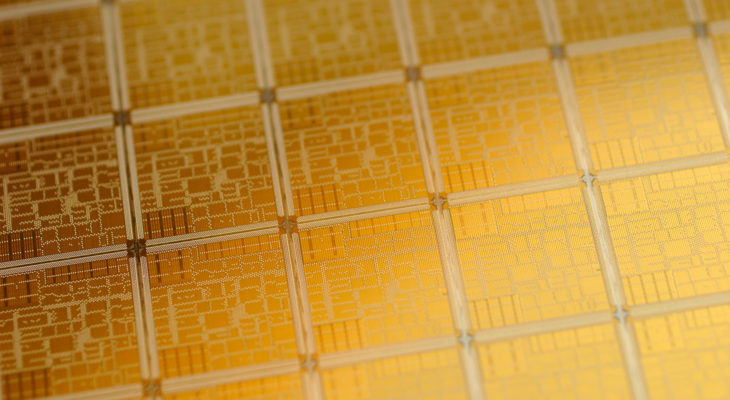
Gold’s Industrial and Other Uses
A Decent Amount of Gold Each Year Goes to Serve Industry
Gold is the only precious metal that is used almost exclusively as either a store of wealth or jewelry. Gold has a long history as money in the form of coins and bars, and has been revered for centuries by ancient and modern cultures.
Gold’s precious metal cousin, silver is also used in jewelry and held as a store of wealth, but about 50% of its use is industrial. Silver’s ‘white metal’ relatives, platinum and palladium, are used predominately for industry, although some of platinum’s output goes to satisfy jewelry demand mostly in China and Japan.
Gold makes the news as central banks store it as reserves and wealthy individuals and small investors hoard it. Millions around the world wear gold jewelry or give gold as gifts.
Lesser known, however, is that up to 15% of annual gold demand comes from industry. According to the CPM Group, gold demand for industry is about 13 million ounces a year. At $1,200 an ounce that’s about $15.6 billion in gold used annually for purposes other than as a store of wealth or jewelry. The CPM Group also estimates that since 1800, over 500 million ounces of gold of the total estimated 5,200 million ounces of gold produced in the world have been used in industry, or lost.
Gold’s Unique Properties Attract Demand
Electronics
Some of the same properties that make gold desirable as money and jewelry (it’s rare, attractive, shiny, immutable and highly divisible) also make it attractive for industrial purposes. Gold’s rarity, while a plus in gold’s use as a store of wealth, is decidedly not a plus in industry. Gold’s appearance is also of little value in industry. Gold is desired in industry because it can conduct electricity and can be molded into tiny components easily. Gold is inert and immutable and does not corrode or tarnish, making it an essential element in the manufacture of quality electronics. Silver is a better conductor of electricity than gold, but has a tendency to tarnish.
According to the CPM group, over two thirds of gold’s industrial demand, or about ten million ounces a year, comes from electronics manufacturers, up from around two million ounces in the late 1970’s. Due to the rising price of gold over the past fifteen years or so, (gold was about $250 an ounce in 2001 and is currently trading at about $1,200 an ounce) manufacturers of PCs, cell phones, tablets, mobile devices and other devices have been using technological innovations to reduce the amounts of gold (and silver) required in the manufacture of their products.
Electronics manufacturers are also finding it economical to recycle used and broken electronics. Apple announced recently that it had recovered about a ton of gold from broken iphones as well as substantial amounts of silver and platinum using a robotic process.
Dentistry
Gold is ideal for dental implants because it does not corrode. Dentistry uses about 2 million ounces of gold a year for dental implants, down from about 3 million ounces in the late 1970s. The advent of higher gold prices and modern substitutes for dental implants, like porcelain, have reduced gold demand in the dentistry sector.
Medical
Less than 2 million ounces of gold is used in medical devices and medical technology, mostly centering around using gold nano particles to detect or treat illnesses.
No Substitute For Gold
Industry values gold’s unique properties, but not its high prices. As such, gold substitutes and manufacturing processes that require less gold are being developed. As a monetary metal, however, there is no substitute for gold and some people can never have enough gold.
This article by BGASC is not, and should not be regarded as, investment advice or as a recommendation regarding any particular course of action.
